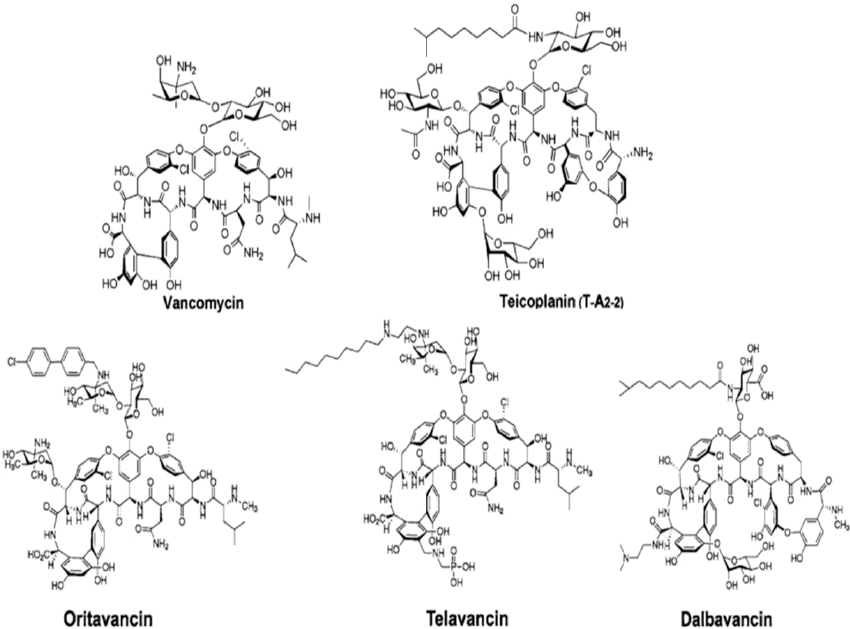Make the best use of Scientific Research and information from our 700+ peer reviewed, Open Access Journals that operates with the help of 50,000+ Editorial Board Members and esteemed reviewers and 1000+ Scientific associations in Medical, Clinical, Pharmaceutical, Engineering, Technology and Management Fields.
Meet Inspiring Speakers and Experts at our 3000+ Global Conferenceseries Events with over 600+ Conferences, 1200+ Symposiums and 1200+ Workshops on Medical, Pharma, Engineering, Science, Technology and Business
Editorial Open Access
Biochemical and Pharmacodynamical Study of Microporous Molecularly Imprinted Polymer Selective For Vancomycin, Teicoplanin, Oritavancin, Telavancin and Dalbavancin Binding
| A Heidari* | |
| Faculty of Chemistry, California South University, 14731 Comet St. Irvine, CA 92604, USA | |
| *Corresponding Author : | A Heidari Faculty of Chemistry, California South University 14731 Comet St. Irvine, CA 92604, USA E-mail: Scholar.Researcher.Scientist@gmail.com |
| Received: March 17, 2016 Accepted: March 17, 2016 Published: March 24, 2016 | |
| Citation: Heidari A (2016) Biochemical and Pharmacodynamical Study of Microporous Molecularly Imprinted Polymer Selective For Vancomycin, Teicoplanin, Oritavancin, Telavancin and Dalbavancin Binding. Biochem Physiol 5:e146. doi: 10.4172/2168-9652.1000e146 | |
| Copyright: © 2016 Heidari A. This is an open-access article distributed under the terms of the Creative Commons Attribution License, which permits unrestricted use, distribution, and reproduction in any medium, provided the original author and source are credited. | |
Visit for more related articles at Biochemistry & Physiology: Open Access
Figures at a glance
 |
| Figure 1 |
Post your comment
Relevant Topics
- Analytical Biochemistry
- Applied Biochemistry
- Carbohydrate Biochemistry
- Cellular Biochemistry
- Clinical_Biochemistry
- Comparative Biochemistry
- Environmental Biochemistry
- Forensic Biochemistry
- Lipid Biochemistry
- Medical_Biochemistry
- Metabolomics
- Nutritional Biochemistry
- Pesticide Biochemistry
- Process Biochemistry
- Protein_Biochemistry
- Single-Cell Biochemistry
- Soil_Biochemistry
Recommended Journals
- Biosensor Journals
- Cellular Biology Journal
- Journal of Biochemistry and Microbial Toxicology
- Journal of Biochemistry and Cell Biology
- Journal of Biological and Medical Sciences
- Journal of Cell Biology & Immunology
- Journal of Cellular and Molecular Pharmacology
- Journal of Chemical Biology & Therapeutics
- Journal of Phytochemicistry And Biochemistry
Article Tools
Article Usage
- Total views: 13055
- [From(publication date):
June-2016 - Jul 05, 2025] - Breakdown by view type
- HTML page views : 12036
- PDF downloads : 1019
